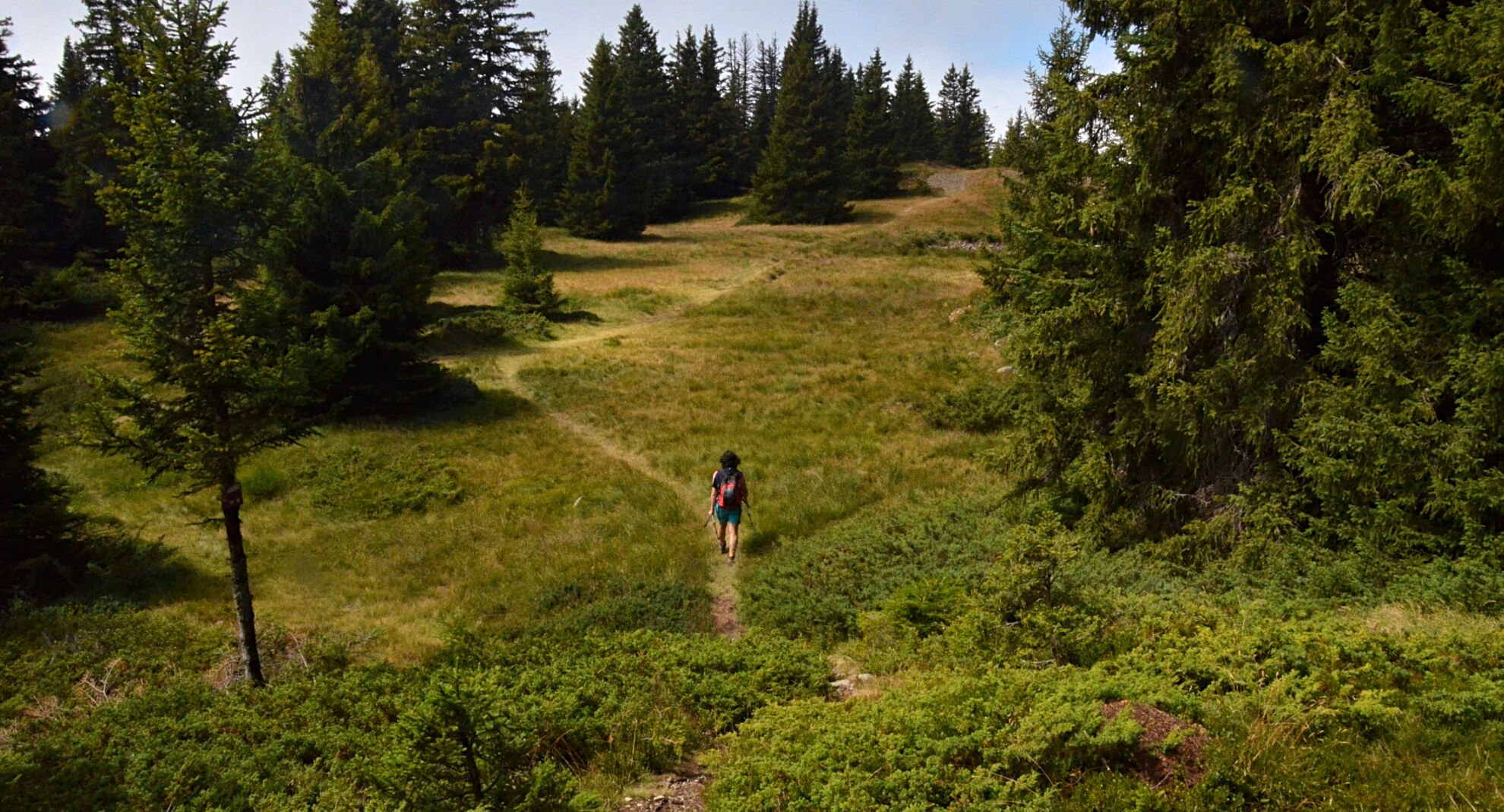
10 tips for getting started with hiking
Sometimes it’s hard to know where to start when you’re new to hiking. It can feel overwhelming, but all you really need is to get started with a few basic tips to build confidence and enjoy yourself quickly.
To start hiking properly, choose a route that matches your level and wear quality shoes and appropriate clothing. Use the layering system to dress, and carry an ergonomic backpack well-equipped with enough water. Learn to navigate with IGN maps and a GPS, and adopt a comfortable walking pace to avoid early fatigue. Remember to warm up and do stretch before setting out. Preferably hike in a group for better safety, and inform your loved ones of your route. Finally, respect the environment and other hikers by being discreet, picking up your trash, and leaving animals and plants undisturbed.
1. Choose a Suitable Route
It’s important to choose a route that is easy and predictable enough for beginners — a trail you feel capable of completing, within a predictable time, and under conditions comfortable for your level. Avoid jumping straight into steep climbs, rocky terrain like scree fields, very rugged areas, slippery or snowy trails.
If the trail is well-marked, that’s definitely a huge plus, because you’ll not only avoid getting lost but also learn how to follow and recognize trail markers for hiking paths.

2. Wear Quality Shoes and Appropriate Clothing
Having proper gear and quality hiking shoes is essential, even when you’re just starting out. Hiking isn’t just a casual walk on flat ground — it’s nothing like a stroll through town.
On a hike, you’ll encounter many external factors, obstacles, and unexpected events that can turn a simple walk into a real adventure!
Crossing a stream, dodging giant mud puddles, walking over slippery bridges, stepping over big tree roots, avoiding slipping on rocks… Not getting caught by rain, storms, or extreme heat — it’s all part of the experience.
Basically, in hiking and in nature, there are many things you can’t control — that’s why having the right gear is absolutely necessary.
Choosing hiking shoes suited to your level and the terrain type is highly recommended.

Same goes for clothing.
I often see beginners hiking in jeans and a small t-shirt. It might work for very short walks if the weather stays perfect — not too hot, not too cold — but that’s a lot of « ifs, » even for a short hike.
Check out the review of Decathlon’s NH500 hiking shoes.
Here’s what you should have to handle most unexpected situations:
- Good hiking pants — flexible and durable,
- A windbreaker,
- A fleece or warm sweater,
- A technical t-shirt or base layer for comfort,
- And good socks — if you skip this, the blisters will remind you by evening.
There’s a very simple rule for dressing properly: the three-layer rule.
3. Dress in Layers
Dressing in layers means stacking two or three pieces of clothing. The idea is to be able to adjust easily depending on the weather and your activity level — adding or removing layers for maximum comfort.
The three-layer system is widely used among hikers. It consists of:
- A breathable base layer that wicks away sweat,
- A thermal middle layer to retain heat,
- And a protective outer layer against weather, usually a windbreaker or waterproof jacket.
This system gives you flexibility. You can stash your jacket in your pack if the weather clears up or if you’re too warm.

4. Use an Ergonomic Backpack with Enough Water
The Backpack
Having a proper hiking backpack is a huge plus, even for beginners. Your pack should be comfortable and ideally have a ventilated back panel to prevent sweat buildup.
Straps should also be adjustable and comfy. A waist strap and chest strap help keep the pack stable, which makes a big difference — even on short hikes.
In your pack, carry essentials like a first aid kit, water, and energy food.
Water
Water is crucial when hiking.
Getting dehydrated can become a big problem, especially under the sun or in dry areas without water sources. It’s also smart to pack an emergency blanket — lightweight but a life-saver for warmth if you’re stuck or in trouble.
These are just the basics — there’s more you can pack, but it’s a solid start.



Your comments and questions